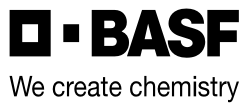Viper ADV
Group 2 & 6
Proven, broad-spectrum weed control for field peas, soybeans and dry edible beans.
- Convenient, user-friendly 100% liquid formulation
- Multiple modes of action to help manage resistant weeds
- Control of resistant wild mustard and volunteer canola
- Excellent rotational freedom
Applicable On
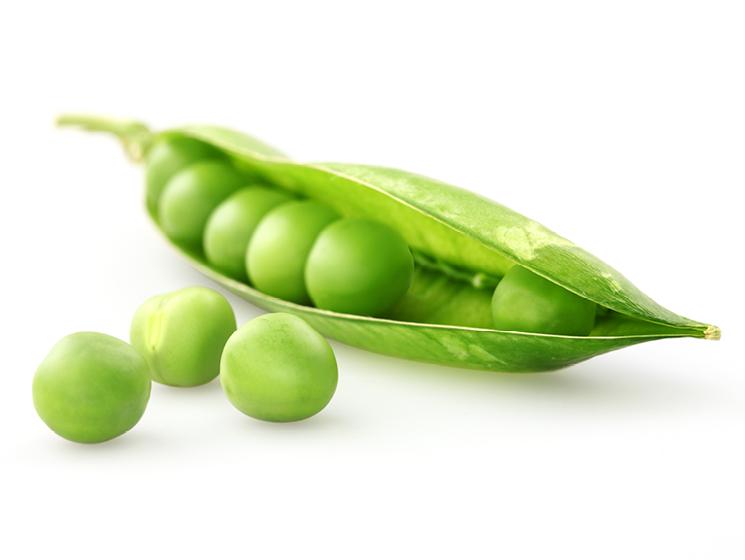
Field and succulent peas
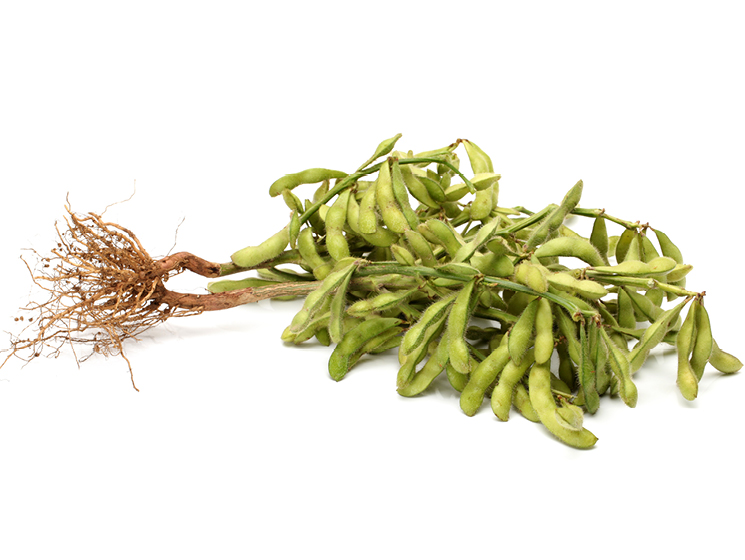
Soybeans
Labels & SDS
Benefits of Viper ADV
With Group 2 and Group 6 modes of action, Viper ADV provides sustainable herbicide-resistance management. Growers benefit from two types of weed control activity:
- On contact – Through the leaves after spray directly hits the weeds.
- Systemic – Absorbed through leaves and translocated within the plant to the growing points for optimum efficacy.
Performance Trials
Cleaver control, 7 days after application of Viper ADV herbicide
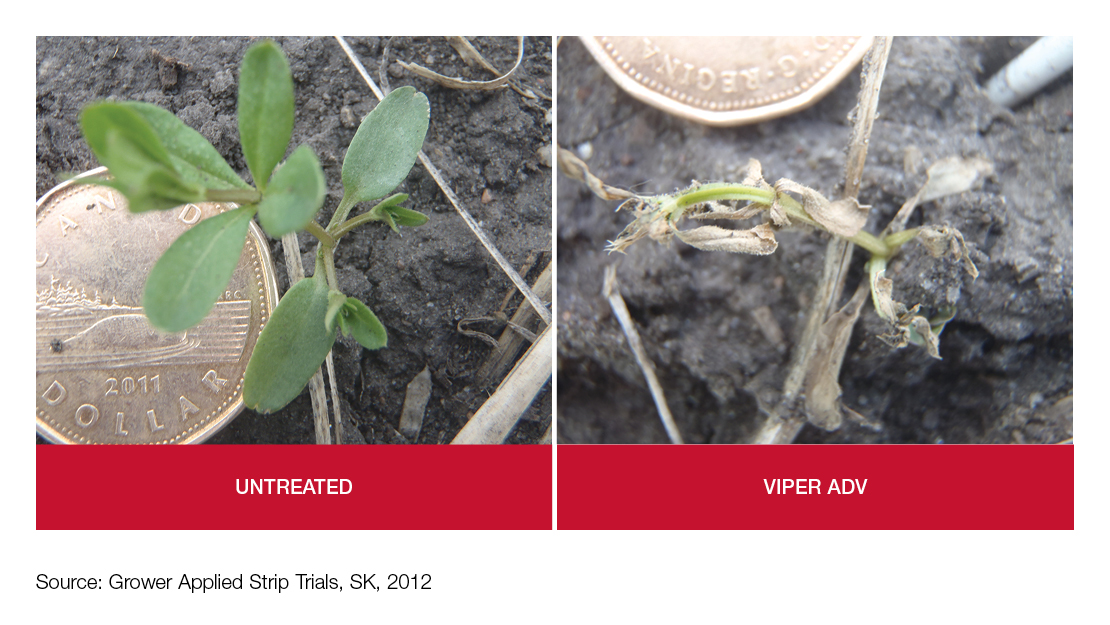
Volunteer canola control with application of Viper ADV herbicide vs glyphosate in soybeans
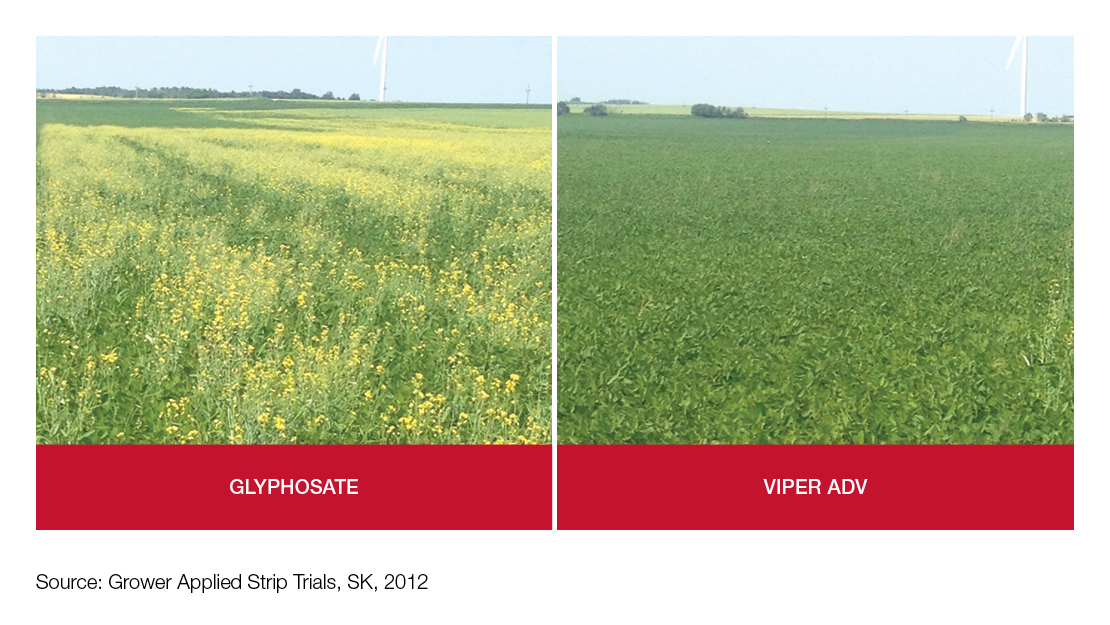
Product Info & Application Guide
Weed Management
Weed Type |
List of Weeds |
|---|---|
Broadleafs - cotyledon to 4 leaf |
Cleavers1,2 |
Grasses - 1 to 4 true leaf or early tillering |
Barnyard grass |
1 Includes resistant biotypes.
2 Suppression.
3 Top growth suppression only.
4 Including Clearfield® and non-Clearfield varieties.
5 Excluding Clearfield wheat.
Application Tips
Rainfastness - 6 hours.
- Avoid application immediately before or after frost or during unseasonably cold weather. Apply in warm weather (15°C - 28°C) when weeds are actively growing.
- Use higher water volume on dense weeds and thicker canopies.
- Initial transient crop yellowing may occur but is outgrown and will not affect yield.
Pre-harvest interval
- 40 days after application for succulent peas.
- 60 days after application for field peas, soybeans, and dry edible beans.
When to Apply
Crops |
Staging |
|---|---|
Dry edible beans6 |
1 to 2 trifoliate leaf |
Field and succulent peas |
3 to 6 above ground node |
Soybeans |
cotyledon to 4th trifoliate |
6 Dry edible beans may vary in their tolerance to herbicides. See label for important notes. Viper® ADV requires addition of Basagran® Forte herbicide plus 28% UAN, for dry edible beans only.
How Much to Apply
One case will treat 40 acres. One shuttle will treat 320 acres.
Viper ADV herbicide7 |
404 ml/ac (1 L/ha) |
28% UAN8 |
809 ml/ac (2 L/ha) |
Water volume
Ground application only |
40 L/ac (10 gal/ac) |
Mixing order
- Add 3/4 of needed water.
- Start agitation and continue agitation throughout mixing and spraying procedure.
- Add the required amount of Viper ADV herbicide.
- If tank mixing Basagran Forté herbicide for dry edible beans or glyphosate for Roundup Ready® soybeans9, add the required amount of tank-mix partner.
- Add the correct amount of nitrogen source (required for grass control).
- Complete filling with water and continue agitation.
7 For dry edible beans only, Viper ADV requires the addition of Basagran Forte herbicide at 146 ml/ac (360 ml/ha) to control additional weeds. Basagran Forte is not included in case.
8 Addition of a nitrogen source (28% UAN) is recommended for grass control, and is not included in the case.
9 For soybeans, 28% UAN is not required when tank mixing with glyphosate.
Tank Mixes
Herbicide for dry edible beans: Basagran Forté at 146 ml/ac (360 ml/ha).
Herbicide for Roundup Ready Soybeans: Glyphosate.9
None on label for field peas or succulent peas.
9 For soybeans, 28% UAN is not required when tank mixing with glyphosate.
Follow Crops
3 months after application
Winter wheat10
1 year after application
Canary seed10, Clearfield canola, non-Clearfield canola10,11, chickpeas, durum wheat10, field corn, field peas, flax10, lentils, soybeans, spring barley, spring wheat, sunflowers (incl. Clearfield sunflowers) and tame oats10
2 years after application
Mustard (condiment type only)10
10 If drought conditions are experienced between June 1 and September 1 in the year of application, delay planting of winter wheat, durum wheat, canary seed, tame oats, flax and canola (non-Clearfield) by an additional year. If drought is received between June 1 and September 1 in the year of application OR between June 1 and September 1 in the year following application, delay planting of mustard by an additional year.
11 Research studies have shown that non-Clearfield canola may be safely planted the year following an application of Viper ADV in all regions of Western Canada except the Northern Peace River Region of Alberta (any area in Township 100 and north, including the areas of Keg River, La Crete, Fort Vermilion and High Level). In this region, non-Clearfield canola can be grown safely the second year following an application (2 YAT).
FAQ
Is an application of Pursuit® herbicide different than Viper® ADV or Odyssey® NXT in field peas?
All three use Group 2 chemistries, although their active ingredients are different. The active ingredient in Pursuit is imazethapyr. Odyssey NXT combines imazethapyr and imazamox, which complement each other. And Viper ADV contains imazamox and bentazon, a Group 6 active ingredient that adds a second mode of action and a management tool against resistant weeds.
Can you apply Viper® ADV, Odyssey® NXT or Odyssey® Ultra NXT herbicides past the 6th node stage?
No. Going past the 6th-node stage in field peas with any IMI-based herbicide will come with an increased risk of yellow flash, stunting, yield loss and poor weed control.
